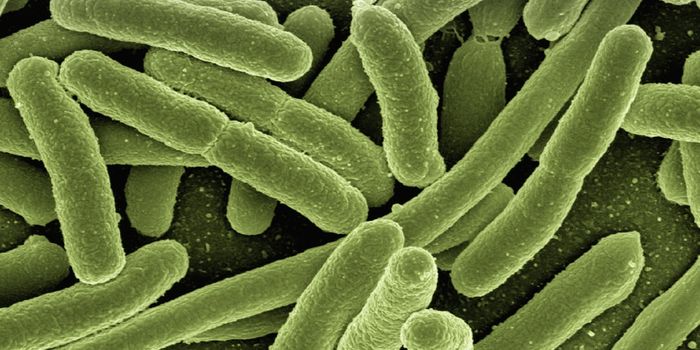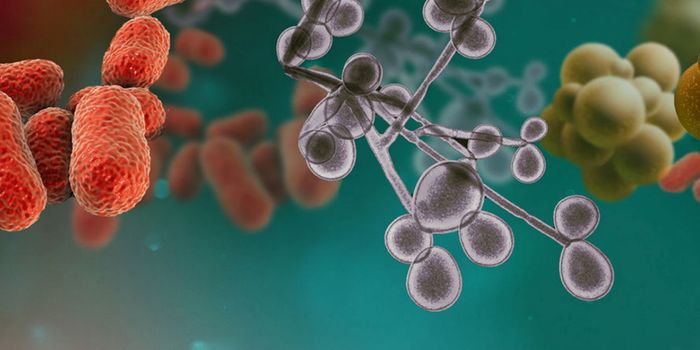Researchers from the Environmental Protection Agency and the Georgia Institute of Technology identified potentially-pathogenic bacteria in hospital water pipes.
The group characterized bacteria collected from 40 hospital shower hoses. They cultured the bacteria using traditional methods and looked for virulence genes using next-generation sequencing techniques.
According to study author Kostas Konstantinidis, “we can say confidently that if pathogens are in there, they are not there in very high abundance … but the organisms that we detected as abundant in these biofilms appear to have characteristics that could be of interest because they are related to some bacteria that are opportunistic pathogens that could pose a threat, especially to immunocompromised hospital patients”.
They were able to culture a number of Proteobacteria, such as Sphingomonas, that are known to cause hospital-acquired infections. Likewise, sequencing revealed a population of
Mycobacterium-like species and identified a number of genes that look like those found in pathogens. These included genes associated with disinfectant tolerance and immune system evasion. They also found genes for beta-lactam and aminoglycoside antibiotic resistance.
Surprisingly, these genes were all more abundant in the water pipes than in a natural freshwater ecosystem that was recently studied by Georgia Tech. This suggests that conditions within the water pipes may be selecting for these potentially-harmful bacteria.
This work raises questions for healthcare facilities. For example, should components of the water supply system (shower heads) be replaced regularly? It also forces researchers to look at how the public water supply (particularly for hospitals) is disinfected.
Sources: Science Daily, MicrobeWiki









